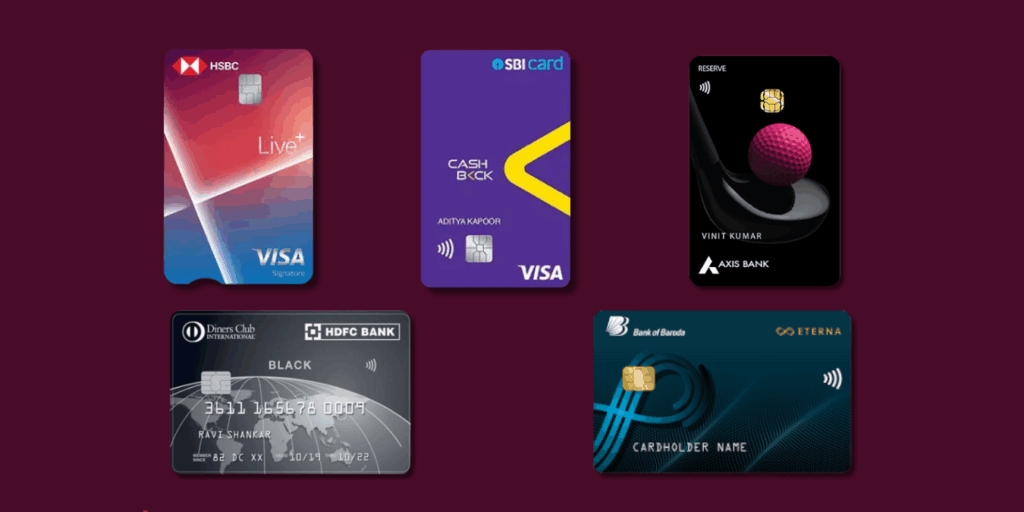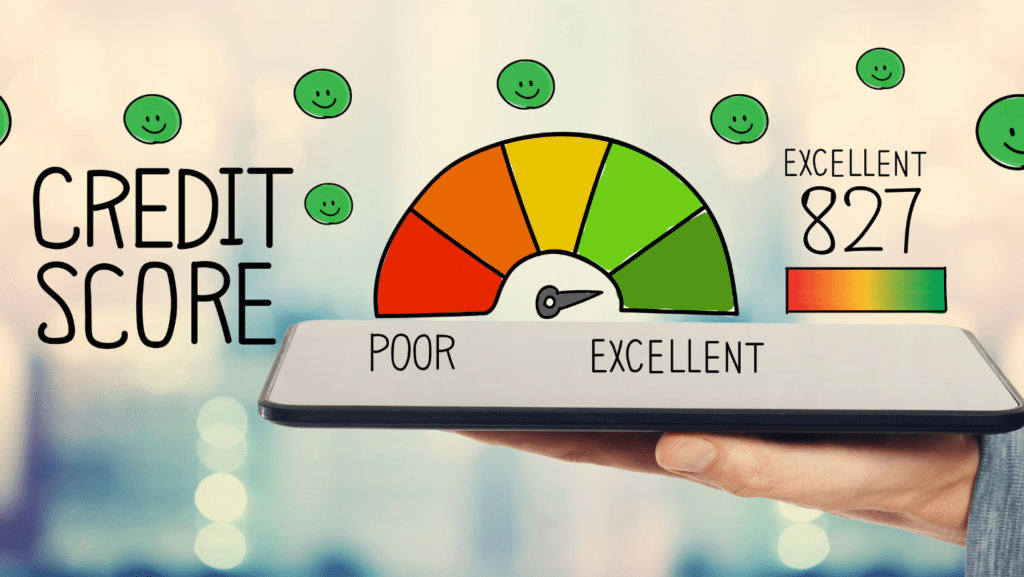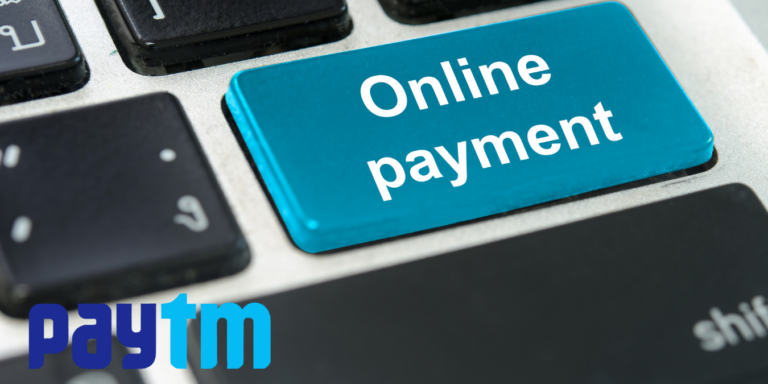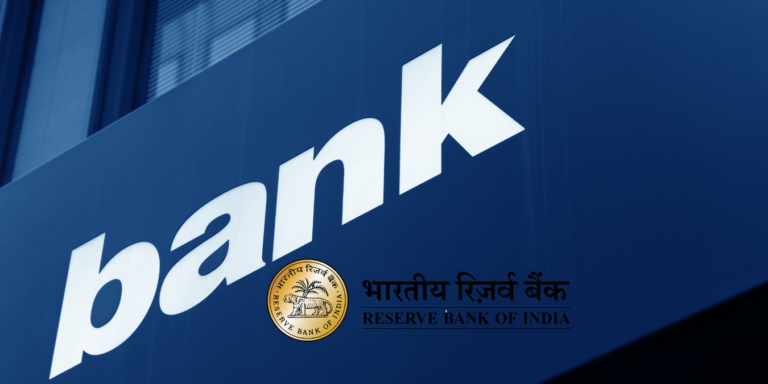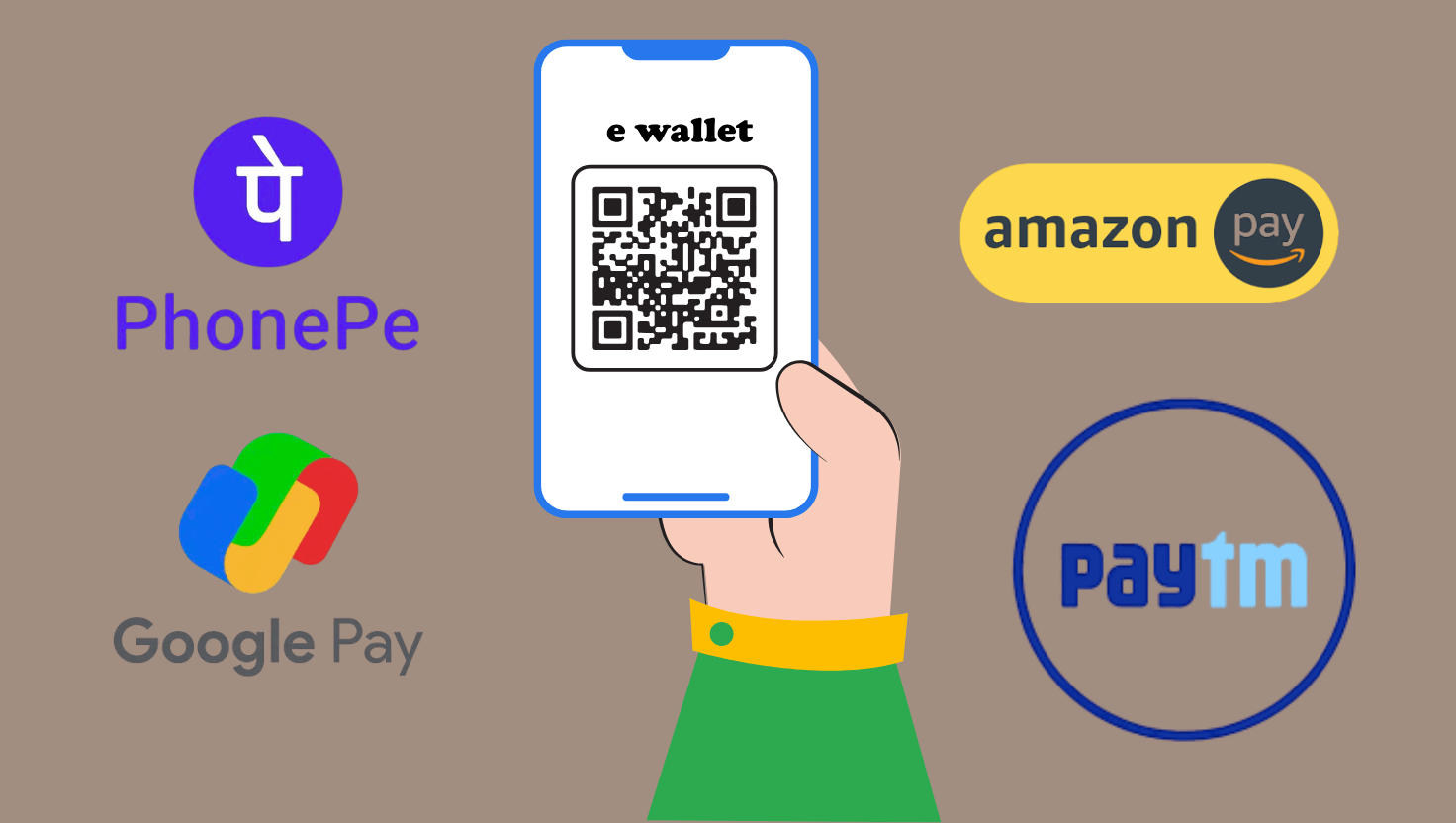
Shocking UPI rules hit Paytm, PhonePe, GPay users from August 1, 2025! With 50 balance check limits, autopay time slots, and strict API caps, will your transactions survive? Uncover NPCI’s game-changing regulations and their suspenseful impact on India’s digital payments in this must-read exposé!
You are at your favourite street food stall, ready to pay for your spicy pani puri with a quick UPI scan, but your app suddenly restricts you from checking your balance. Or your Netflix subscription payment fails because it’s scheduled during a “peak hour.” Sounds surprising, right? Starting August 1, 2025, the National Payments Corporation of India (NPCI) is rolling out game-changing UPI rules that will transform how millions of Indians use apps like Paytm, PhonePe, and Google Pay. These updates aim to make digital payments faster, safer, and more reliable, but they come with limits that might catch you off guard. Curious about what’s changing and how it impacts you? Let’s dive into the details of these new UPI regulations, explore their implications, and uncover tips to stay ahead of the curve.
Why Are These UPI Rules Changing? The Hidden Problem
India’s Unified Payments Interface (UPI) is a global sensation, handling over 16 billion transactions monthly and revolutionizing how we pay for everything—from groceries to OTT subscriptions. But with great power comes great responsibility. The NPCI has identified a critical issue: server overloads causing delays and outages, especially during peak hours (10:00 AM–1:00 PM and 5:00 PM–9:30 PM). Why? Users repeatedly checking balances, refreshing transaction statuses, or overusing APIs are clogging the system. Recent outages in April and May 2025 exposed these vulnerabilities, prompting NPCI to introduce strict regulations to ensure a smoother, more secure UPI ecosystem.
What does this mean for you? From daily balance check limits to autopay restrictions, these changes will subtly (or not so subtly) alter your digital payment habits. Let’s unravel the suspense and explore the six major UPI rule changes that will impact every Paytm, PhonePe, and GPay user starting August 1.
1. Balance Checks Capped at 50 Per Day: Are You a Frequent Checker?
Love checking your bank balance before every UPI transaction? You might need to rethink that habit. From August 1, NPCI is limiting users to 50 balance checks per day per UPI app. If you use multiple apps like Paytm and PhonePe, you get 50 checks per app, but exceed this, and you’ll be temporarily blocked from checking your balance until the next day. Why this cap? NPCI found that excessive balance inquiries overload servers, slowing down transactions for everyone.
How It Impacts You: For most users, 50 checks are plenty. But if you’re a heavy user—say, a small business owner or someone who obsessively monitors their account—this limit could feel restrictive. Imagine being locked out of checking your balance mid-day during a busy shopping spree! Pro Tip: Plan your balance checks strategically and avoid unnecessary refreshes to stay within the limit.
2. Linked Account Views Limited to 25 Times Daily: A Security Boost?
Ever switched between bank accounts on your UPI app to pick the right one for a payment? Starting August 1, you can only view your linked bank accounts up to 25 times per day per app. This restriction targets the List Account API, which lets users see accounts tied to their mobile number. NPCI says this reduces unnecessary API calls, prevents system misuse, and enhances security by limiting bot-driven spam attempts.
How It Impacts You: For casual users, 25 checks are more than enough. But if you frequently switch accounts or troubleshoot linking issues, you might hit this cap. Suspenseful Twist: Exceeding this limit could temporarily block you from accessing your account list, leaving you stuck mid-transaction. Pro Tip: Select your bank account only when necessary, and ensure your app is updated to avoid glitches.
3. Autopay Gets Fixed Time Slots: Will Your Subscriptions Miss the Mark?
If you rely on UPI Autopay for Netflix, Spotify, or EMI payments, here’s a shocker: autopay transactions will now only process during non-peak hours—before 10:00 AM, between 1:00 PM and 5:00 PM, and after 9:30 PM. Transactions initiated outside these windows will queue until the next slot, potentially delaying your payments. Each autopay mandate gets one initial attempt plus three retries, with controlled transaction rates to avoid server congestion.
How It Impacts You: For most users, this change is seamless, as apps like Paytm, PhonePe, and GPay will automatically adjust. But if you’re a merchant or business relying on recurring payments, you’ll need to align your systems with these time slots. Curious Question: What happens if your EMI payment gets queued and misses a deadline? Pro Tip: Schedule autopay transactions early and monitor notifications to avoid surprises.
4. Transaction Status Checks Limited to 3 Per Day: Patience Is Key
We’ve all been there—a UPI payment gets stuck, and you frantically refresh the status, hoping for an update. Starting August 1, you can only check the status of a failed transaction three times per day, with a mandatory 90-second gap between attempts. This rule prevents repetitive server calls that slow down the system and helps resolve failures more efficiently.
How It Impacts You: This cap forces you to be patient. If a payment fails, you can’t keep refreshing—you’ll need to wait or contact customer care after three checks. Suspenseful Scenario: Imagine a critical payment to a vendor getting stuck, and you’re locked out of status updates! Pro Tip: Avoid impulsive status checks and trust the system to resolve issues within the 90-second windows.
5. Recipient’s Name Displayed Before Payment: A Fraud-Proof Move
Since June 30, 2025, UPI apps have been showing the recipient’s registered name before you confirm a payment. This feature, now mandatory, continues under the new rules to prevent accidental transfers and fraud. Whether you’re paying a friend or a merchant, you’ll see their verified name, adding a layer of transparency.
How It Impacts You: This is a win for security! You’ll feel confident knowing your money is going to the right person. Intriguing Insight: This small change could save millions from phishing scams and wrong transfers. Pro Tip: Always double-check the recipient’s name before entering your UPI PIN.
6. Chargeback Limits: No More Refund Abuse
Ever requested a refund for a failed UPI transaction? NPCI is cracking down on chargeback misuse by limiting users to 10 chargebacks per month and 5 reversals per recipient. This ensures the refund process isn’t exploited, reducing false claims and server load.
How It Impacts You: For honest users, this limit is unlikely to affect you. But if you frequently request refunds, you might hit this cap. Curious Concern: What if you genuinely need more reversals? Pro Tip: Be mindful of chargeback requests and verify transactions carefully to avoid disputes.
How Will Paytm, PhonePe, and GPay Users Be Affected?
These UPI rule changes apply universally across all UPI apps, including Paytm, PhonePe, GPay, Amazon Pay, and BHIM. Casual users who make a few transactions daily won’t notice much difference, but frequent users, businesses, and merchants need to adapt. Here’s a breakdown:
- Casual Users: If you use UPI for daily payments like groceries or cabs, these changes are mostly behind-the-scenes. You might occasionally hit the balance check or account view limits if you’re a habitual checker, but regular payments remain unaffected.
- Frequent Users: If you check balances multiple times daily or switch accounts often, you’ll need to curb these habits to avoid temporary blocks.
- Businesses and Merchants: Autopay scheduling is the biggest shift. Align your recurring payment systems with non-peak hours to ensure timely transactions.
- App Providers: Paytm, PhonePe, and GPay must comply with NPCI’s API regulations by July 31, 2025, or face penalties like restricted API access or onboarding bans.
Suspenseful Fact: Non-compliance could lead to temporary suspension of UPI services for apps, potentially disrupting millions of users
Why These Changes Matter: The Bigger Picture
India’s UPI system is a global leader, processing transactions worth trillions annually. But with 16 billion monthly transactions, even minor slowdowns can impact millions. NPCI’s new rules aim to:
- Reduce Server Overload: Limiting balance checks, account views, and status refreshes cuts unnecessary API calls.
- Prevent Outages: Scheduling autopay during non-peak hours ensures smoother regular transactions.
- Enhance Security: Displaying recipient names and capping chargebacks reduces fraud risks.
- Future-Proof UPI: As UPI usage grows, these changes ensure the system remains robust and reliable.
Intriguing Stat: UPI’s transaction volume grew by 57% year-on-year in 2024, making these optimizations critical for 2025 and beyond.
Tips to Navigate the New UPI Rules Like a Pro
Don’t let these changes catch you off guard! Here’s how to stay ahead:
- Limit Balance Checks: Check your balance only when necessary to stay within the 50-check limit.
- Plan Autopay Schedules: Set recurring payments to align with non-peak hours (before 10:00 AM, 1:00 PM–5:00 PM, after 9:30 PM).
- Be Patient with Failed Transactions: Wait 90 seconds between status checks and limit to three attempts.
- Verify Recipient Details: Always confirm the recipient’s name before paying to avoid errors.
- Update Your Apps: Ensure your Paytm, PhonePe, or GPay app is updated to comply with new rules.
- Stay Alert for Fraud: Use only official apps from Google Play Store or App Store and report suspicious activity immediately.
What Happens If You Ignore These Rules?
Ignoring these limits could lead to temporary blocks on balance checks, account views, or status refreshes. For businesses, misaligned autopay schedules might delay payments, affecting cash flow. Non-compliant apps face severe consequences like API restrictions or onboarding bans, which could disrupt your payment experience. Shocking Possibility: A major app like Paytm or GPay could face temporary restrictions if they fail to comply by July 31, 2025
The Future of UPI: Faster, Safer, Smarter
These new UPI rules are a bold step toward making India’s digital payment system future-ready. By curbing server overloads, enhancing security, and optimizing API usage, NPCI is ensuring UPI remains the backbone of India’s cashless economy. While the changes might seem restrictive, they’re designed to benefit the average user by reducing delays and outages. Curious Thought: Could these rules pave the way for even more innovative UPI features, like AI-driven fraud detection or higher transaction limits?
Final Thought: Are You Ready for August 1?
The new UPI rules from August 1, 2025, are set to redefine how you use Paytm, PhonePe, GPay, and other UPI apps. From 50 daily balance checks to autopay time slots, these changes aim to make digital payments faster, safer, and more reliable. While casual users might sail through unnoticed, frequent users and businesses need to adapt to avoid disruptions. Stay informed, update your apps, and tweak your payment habits to navigate this new UPI era like a pro.
Final Suspense: Will these changes make UPI unstoppable, or will they spark new challenges for users? Only time will tell. Mark August 1 on your calendar, and get ready for a smarter, smoother UPI experience!
